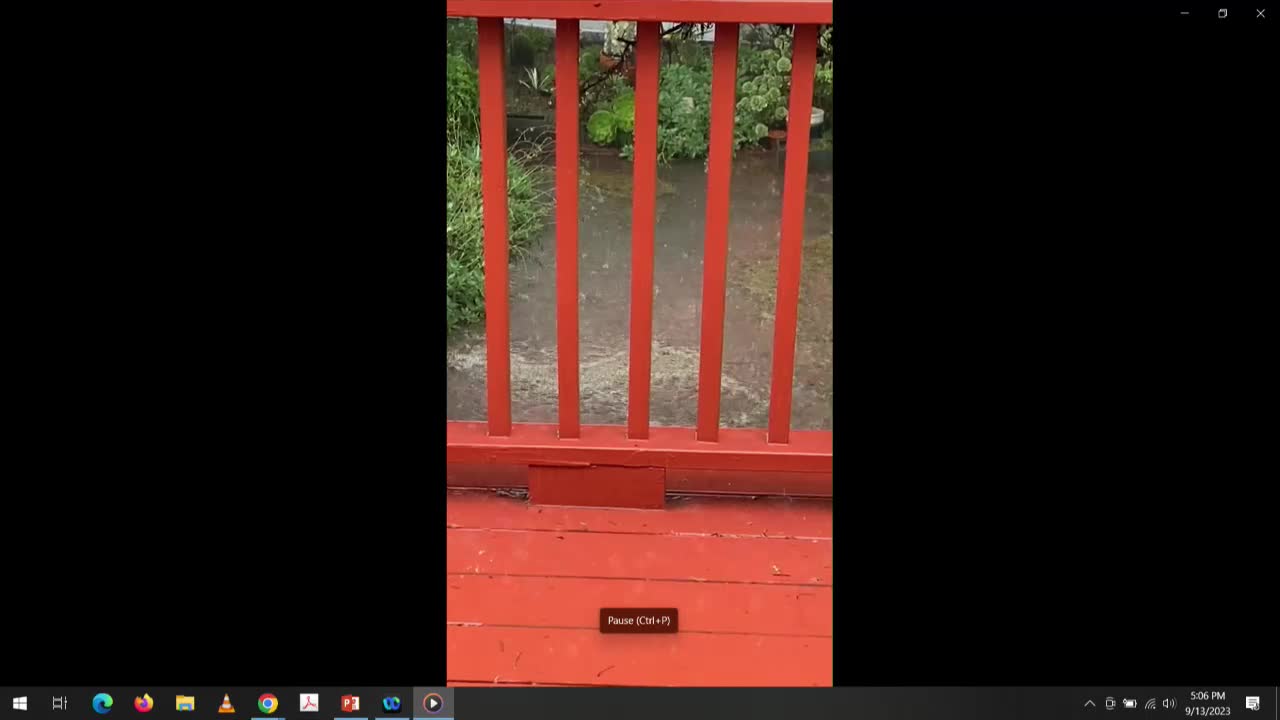Homeowner Challenges Neighbors' ADU Impact on Backyard Flooding
September 13, 2023 | San Francisco City, San Francisco County, California
This article was created by AI summarizing key points discussed. AI makes mistakes, so for full details and context, please refer to the video of the full meeting. Please report any errors so we can fix them. Report an error »

In a recent city council meeting, a San Francisco resident shared a vivid account of the flooding issues plaguing his backyard, a situation he attributes to the increasing number of accessory dwelling units (ADUs) in his neighborhood. The resident described how heavy rainfall earlier this year transformed his yard into a small lake, with water cascading from neighboring properties that have been heavily paved with concrete. He recounted the desperate measures he took to prevent water from seeping into his home, including digging holes to redirect the flow and wrapping his yard in plastic to create a barrier.
The resident's concerns extend beyond his own property. He highlighted the broader implications of the city’s housing policies, particularly the recent legislation aimed at increasing housing density by allowing homeowners to convert single-family homes into multiple units. While he acknowledged the need for more housing, he warned that such changes could exacerbate existing problems, like reduced light and privacy for neighbors, and create an environment that many residents did not envision when purchasing their homes.
He proposed a solution that could benefit both homeowners and renters: legislative changes that would allow homeowners to rent out their lower units without the fear of exorbitant costs if they needed to reclaim the space. This, he argued, would not only provide affordable housing options but also help older residents manage rising property taxes, which can become burdensome as they age.
The resident's testimony reflects a growing tension in San Francisco between the urgent need for housing and the preservation of community character. As the city grapples with these challenges, his call for thoughtful legislative reform resonates with many who seek a balance between development and livability. The meeting underscored the complexities of urban planning in a city where every decision impacts the lives of its residents.
The resident's concerns extend beyond his own property. He highlighted the broader implications of the city’s housing policies, particularly the recent legislation aimed at increasing housing density by allowing homeowners to convert single-family homes into multiple units. While he acknowledged the need for more housing, he warned that such changes could exacerbate existing problems, like reduced light and privacy for neighbors, and create an environment that many residents did not envision when purchasing their homes.
He proposed a solution that could benefit both homeowners and renters: legislative changes that would allow homeowners to rent out their lower units without the fear of exorbitant costs if they needed to reclaim the space. This, he argued, would not only provide affordable housing options but also help older residents manage rising property taxes, which can become burdensome as they age.
The resident's testimony reflects a growing tension in San Francisco between the urgent need for housing and the preservation of community character. As the city grapples with these challenges, his call for thoughtful legislative reform resonates with many who seek a balance between development and livability. The meeting underscored the complexities of urban planning in a city where every decision impacts the lives of its residents.
View the Full Meeting & All Its Details
This article offers just a summary. Unlock complete video, transcripts, and insights as a Founder Member.
✓
Watch full, unedited meeting videos
✓
Search every word spoken in unlimited transcripts
✓
AI summaries & real-time alerts (all government levels)
✓
Permanent access to expanding government content
30-day money-back guarantee

